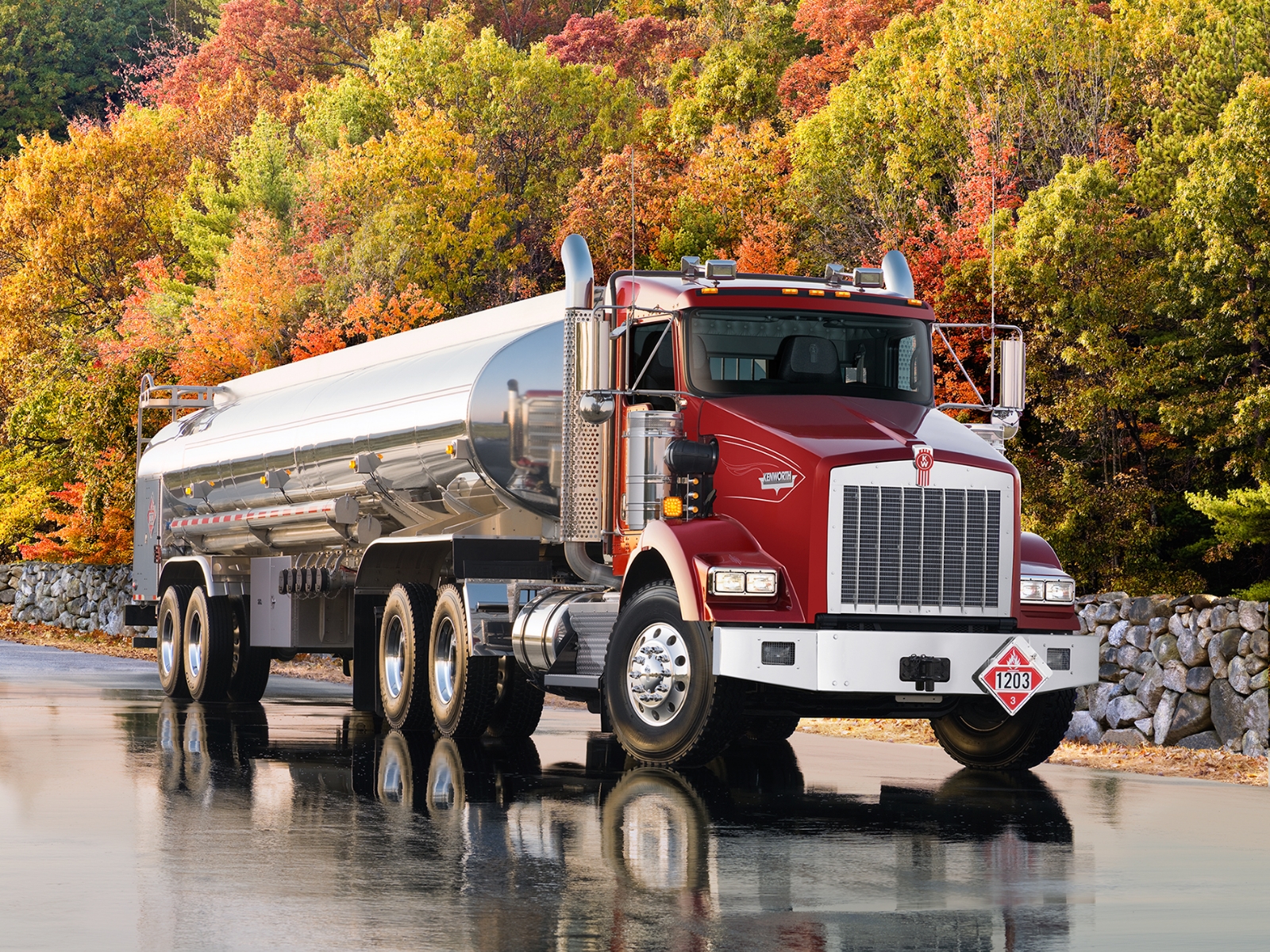Liquids and Tankers
Posted September 7, 2016 by admin
“Keep the shiny side up and the rubber side down” – Trucker proverb
Tanker trucks are a valuable asset in the trucking industry; they deliver dry bulk loads, pressurized gases, and varying liquids. These liquids can vary from anything such as juices, liquid sugars, chemicals, and different types of fuels.
However, did you know that driving a tanker is a bit harder than driving a semi-trailer? Trucks with partially filled tankers must continuously be in balance and drivers need to aware of when to brake, when to turn, and when to accelerate. Why? Fluid dynamics.
Imagine yourself carrying a bowl of water with every step the water moves back and forth. Gradually getting faster the water becomes more and more unstable. In the world of Applied Newtonian Physics, this is called ‘non-linear fluid slosh’ or ‘slosh’. ‘Slosh’ is the oscillation of waves back and forth caused from acceleration or an external force on the liquid.
Why does this matter? The tremendous amount of force that liquids produce, when in motion, causes a tanker to constantly move its center of gravity; this force leads to rollovers.
Here are some things you should be aware of when driving a tanker truck:
Speed and Control
“Slow and steady wins the race,” it will also save your life too. In places where hazards exist, slow down and maintain control of your rig to prevent the slosh from rolling you over. Force is mass multiplied by acceleration; since you can control the rate of deceleration of your truck, the force of your rig will decrease.
Training
According to the Centers for Disease Control, biannually, truck drivers should participate in training to remind them of the capabilities and the limitations of their vehicle.
Weight Distribution
This is also an important factor. The slosh caused by the liquids is a powerful force that shifts the center of gravity back and forth, side to side, front to back, etc. Try as best you can to make sure the weight is evenly distributed amongst your tires. This can really wreck havoc on your suspension.
Rig Maintenance
Regular maintenance is essential to avoid rollovers. There are so many things that you can’t control, in times of disaster, however maintenance of a rig is something you can control. This can include tire wear, suspension, brakes, alignment, etc.
Here’s a bit of a refresher:
Every 10,000 Miles
- Spot check your truck for signs of wear and tear (brake pads, tire tread, etc.)
- Grease fifth wheel platform and chassis
- Top off all fluids & sample engine oil
- Change engine oil filter
Every 30,000 Miles
- Grease all joints, suspension, chassis & drivetrain components
- Complete a full oil change
- Check tires, brakes, and hoses for corrosion
- Clean primary fuel filter and change secondary
- Check hub oil, transfer case oil, transmission fluid and coolant
Every 50,000 Miles
- Get a truck alignment
Every 100,000 Miles (Annually)
- Complete truck’s annual certification inspection
Is your rig due for an alignment? Has it been more than 50,000 miles since your last one? Check your service log and odometer to see if it’s time to bring your truck into the shop. Schedule with Smith Springs and we’ll make sure your suspension is good to go so you can get back out on the road.